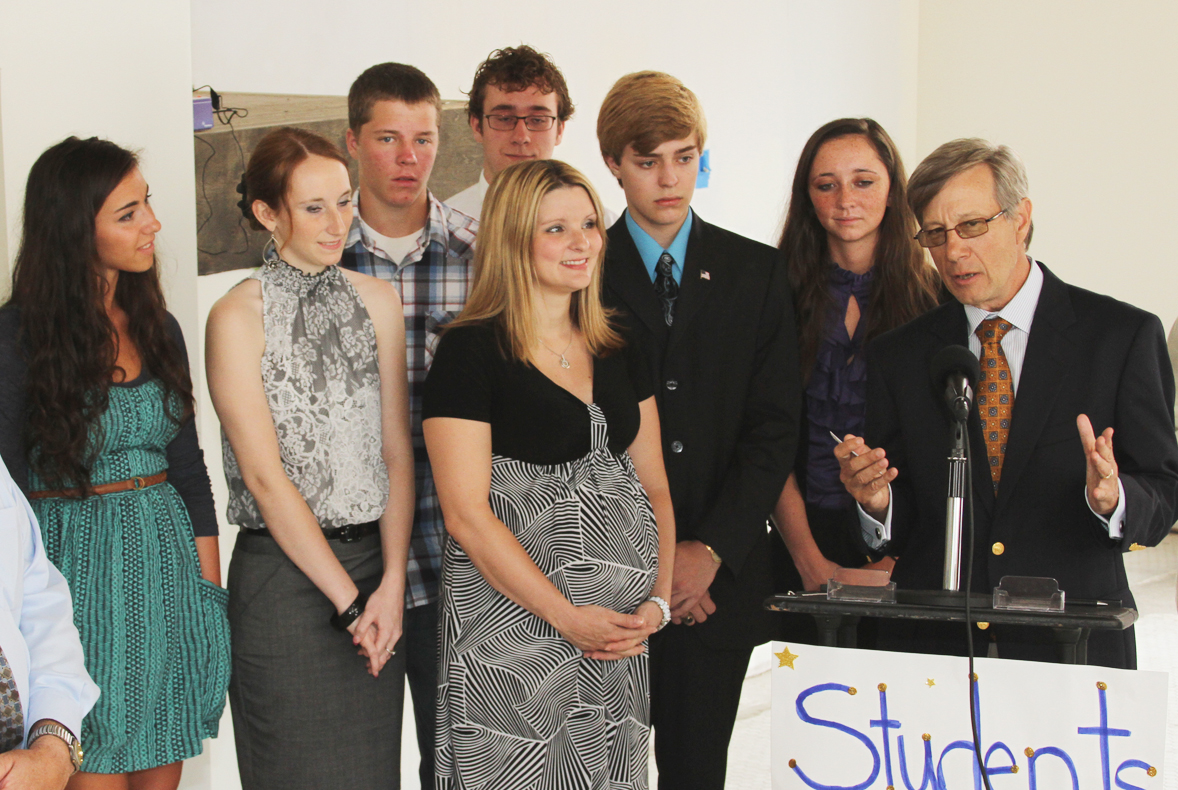
Editor's Note: This blog introduces readers to Earl F. Gohl, Federal Co-Chair of the Appalachian Regional Commission.
Throughout the Appalachian Region there is an incredible group of folks who get up each day and work to make their communities better places for their kids and grandkids. These folks have a variety of hopes and dreams, skills and talents; they are teachers, entrepreneurs, health care workers and myriad of other occupations and avocations. Meeting them, getting to know them, and seeing their energy, dedication and creativity is incredibly inspiring.
The challenge for the Appalachian Regional Commission (ARC) is to figure out ways to partner with these “spark plugs” to support their work and help them achieve their dreams.
The White House Rural Council provided ARC with a forum to do just this. Through the Rural Council ARC has developed the Livable Communities Initiative, a partnership with the U.S. Environmental Protection Agency (EPA) and the U.S. Department of Agriculture Rural Development (USDA RD) that provides technical assistance to small rural towns to help them develop and implement strategies for making their communities more livable and competitive. ARC has learned that early technical support and advice like this is often the critical piece of the development puzzle that provides the necessary boost to help a community succeed. Seven Appalachian communities will be receiving this Livable Communities technical assistance support.
Recently I had the opportunity to visit with the leaders of three Appalachian communities who requested and were selected to receive this technical assistance. The towns of Uhrichsville in Ohio, and Connellsville and Brownsville in Pennsylvania have all devised ways to take what they already have, whether unused buildings or parking lots, and turn them into community assets.
I thoroughly enjoyed my visit to Brownsville, Pennsylvania, where the proposal was initiated by a group of local high school students who were also recognized by the Jefferson Awards competition in April. It was their creative and entrepreneurial idea to transform a vacant lot into a traditional town square to revitalize and galvanize their downtown. One of the students told the local newspaper, “Brownsville is not what it once was. Our project hopes to bring back community spirit, to be a shot in the arm of adrenaline.” The above photo shows me with the students, and their teacher Kelli Dellarose.
Similar enthusiasm marked the work I saw in Uhrichsville and Connellsville, where a strong network of local partners, public and private, is committed to achieving the community’s vision. In each community, I was met by a large contingent of active and engaged project supporters. As Michael Edwards, executive director of the Connellsville Redevelopment Authority, said during my visit, the technical assistance provided by the ARC-EPA-USDA partnership was advancing a revitalization project on which “many organizations, community volunteers, and city officials have worked diligently.”
Because of the work of the White House Rural Council, those student “sparkplugs” in Brownsville and enthusiastic community partners in Connellsville and Uhrichsville, as well as in communities across Appalachia, have a better opportunity to use local assets to achieve their dreams and create more vibrant local economies. I am looking forward to spending the next few months visiting with these Livable Communities winners and seeing how their visions come to life.
Earl F. Gohl is the Federal Co-Chair of the Appalachian Regional Commission


